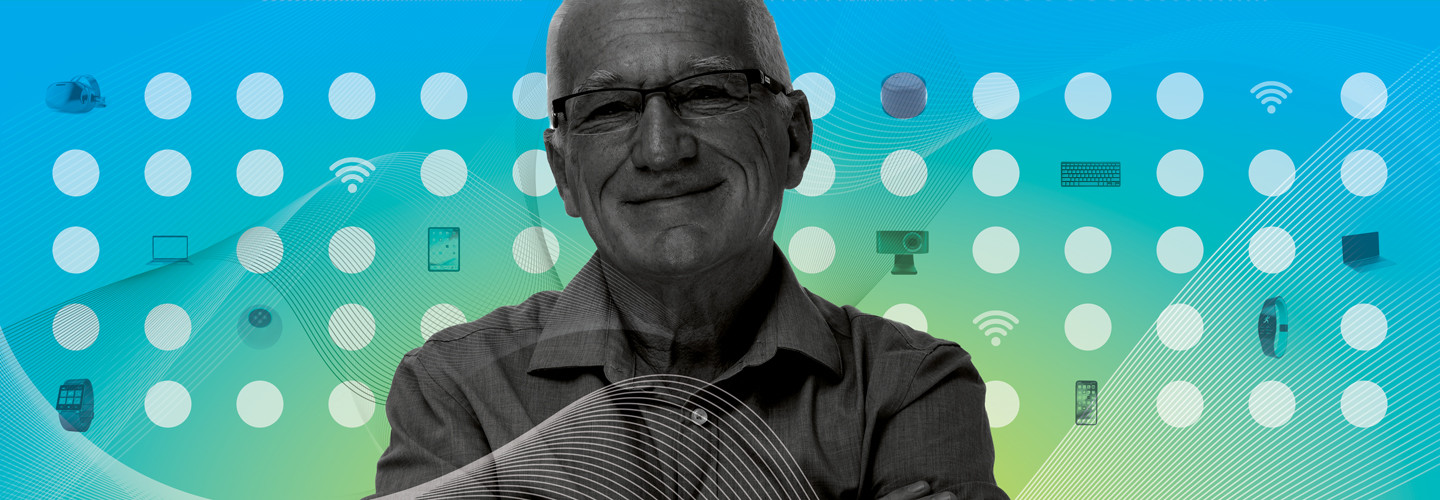
Building Human Connections in Senior Care with Stronger Networks
In Northern California, Eskaton has 34 communities and programs, including all levels of senior care and affordable senior housing. Before the pandemic, it had deployed an enterprise platform that acted as a hub for digital signage, voice-activated devices and other tools.
In 2020, the company moved quickly to roll out additional solutions, which required expanded network capacity. To accommodate new pandemic check-in procedures, for instance, it reconfigured workflows at kiosks and entry gates. That meant augmenting Wi-Fi coverage to locations that hadn’t needed it before.
“There were a lot of networking conversations,” says Chief Strategy Officer Sheri Peifer.
Enhanced networking also supported a better documentation process for skilled nursing clinicians. Instead of taking residents’ vital signs manually and inputting them into records at a computer, nurses now use devices that link to EHRs, enabling them to record vitals automatically at the bedside.
One of Eskaton’s most significant initiatives was an upgrade of broadband Wi-Fi, accompanied by deployment of tablets and Amazon Echo Show devices, at three senior affordable housing communities. Eskaton completed the work in partnership with the University of California, Berkeley’s Lighthouse for Older Adults project.
Eskaton had installed Wi-Fi in common areas years ago, but like many such communities nationwide, individual apartments lacked high-quality coverage. Now, every apartment in the three communities has Wi-Fi connectivity, and Eskaton is working on upgrades to the remainder of its affordable housing portfolio.
In addition to facilitating telehealth and other services, improved Wi-Fi also helps the community’s diverse residents build social connections, Peifer says.
“It’s not uncommon to live in an apartment next to someone who you, unfortunately, can’t communicate with because one speaks Hmong and one speaks Farsi, for example,” she says. But now, using Wi-Fi, tablets and translation apps, residents have a new way to connect.
“One resident knocked on her neighbor’s door for the first time, walked in with her device and they had a conversation,” Peifer says.
Planning for a New Network Baseline in Senior Care
In Florida, Dylan Fresh’s great-grandfather founded St. Mark Village in 1977. Today, Fresh serves as the technology director, and the nonprofit organization has two campuses about an hour west of Tampa: one with an assisted living community and one with a 500-unit independent living center and a healthcare wing for memory care, skilled nursing, rehab and assisted living.
When Fresh came on board in 2019, he evaluated the IT environment and found ample room for improvement. An extensive upgrade was soon underway, including new servers, security appliances and software, endpoints and other solutions.
Tackling the network was next. St. Mark Village initially paused the project at the pandemic’s arrival, but quickly realized that better Wi-Fi was necessary to support staff and residents during lockdown. Fresh had used Cisco Meraki in a previous position and wanted to bring its network visibility to St. Mark Village.
“Every bit of the network infrastructure was upgraded,” he says, including firewalls, switches, APs and more. A near-term expansion of Cisco Meraki APs will bring the total number to 250 across both campuses.

